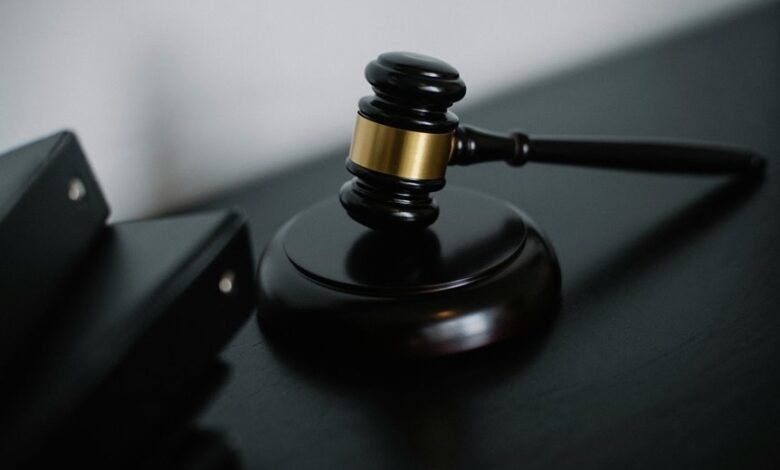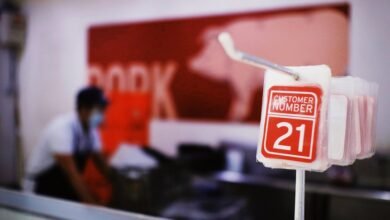Photoacomanha: O Uso de Imagens no Processo Judicial

Photoacomanha represents a significant evolution in the judicial process, particularly through the incorporation of visual evidence. This approach aims to enhance juror engagement and comprehension, presenting complex narratives in a more accessible manner. However, it introduces critical ethical dilemmas, particularly regarding the authenticity and potential manipulation of images. The implications of these challenges warrant careful examination, raising questions about the balance between effective communication and the integrity of the legal system.
The Role of Visual Evidence in Legal Proceedings
Although traditional forms of evidence, such as witness testimony and documents, have long been the cornerstone of legal proceedings, the integration of visual evidence has increasingly become pivotal in modern courtrooms.
Its visual impact enhances persuasive storytelling, allowing jurors to grasp complex narratives more intuitively.
This evolution underscores the necessity for legal professionals to adapt, ensuring that arguments resonate effectively within the confines of justice.
Enhancing Juror Engagement Through Imagery
Visual evidence not only serves to clarify complex narratives but also plays a significant role in actively engaging jurors.
By employing visual storytelling techniques, legal practitioners can enhance juror perception, fostering a deeper emotional connection to the case.
This engagement enables jurors to better comprehend evidence, ultimately influencing their decision-making process and increasing the likelihood of a fair and informed verdict.
Challenges and Ethical Considerations in Photoacomanha
While the use of imagery in judicial processes offers significant advantages, it also presents various challenges and ethical considerations that must be addressed.
Image manipulation raises questions about authenticity and can mislead juries.
Furthermore, privacy concerns emerge when sensitive information is depicted, potentially infringing on individuals' rights.
A balanced approach is necessary to navigate these complexities and uphold justice effectively.
Conclusion
In conclusion, photoacomanha significantly transforms the judicial process by employing visual evidence to enhance juror comprehension and emotional connection. However, as legal professionals navigate this evolving landscape, they must tread carefully to avoid pitfalls related to image authenticity and manipulation. Striking a delicate balance is crucial; otherwise, the integrity of the judicial system may be compromised. Ultimately, the successful integration of images in court can serve as a double-edged sword, yielding both insights and challenges.





